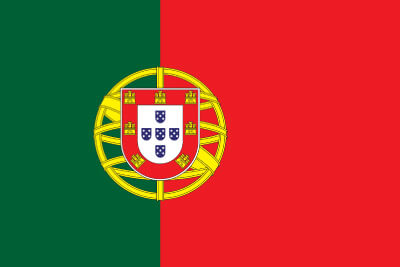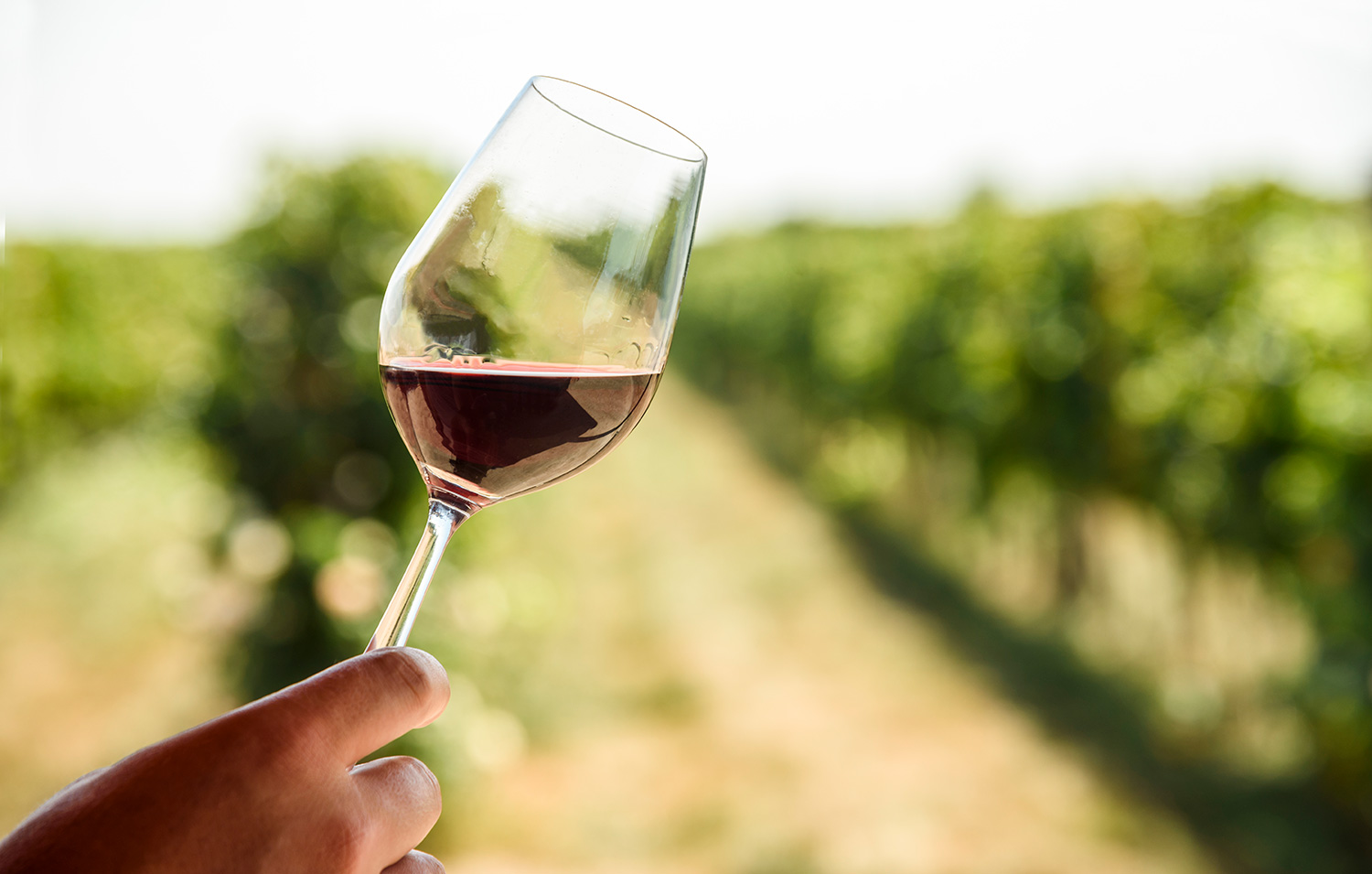Portugal has fourteen distinct wine regions, each with their own unique and delightful wines to enjoy, and there are many sub-regions as well, with officially recognised qualities and demarcations. The Portuguese stubborn adherence to the traditions of grapes used and specific ways of making wine by wine makers in these localities means that they can claim to have the largest range of wine in the world and are the only producers of many of them. This is a fine reason to explore Portuguese wine!
The internationally acclaimed Vinho Verde region is in the lush and beautiful Minho District in the northwestern corner of Portugal, near the Atlantic coast. This is Portugal’s largest wine region, which was demarcated in 1908 and got its DOC status in 1984. This verdant landscape is bordered by the Minho and Douro rivers, and literally thousands of small vine growers are based here. Vinho Verde simply means ‘green wine’, referring to its youth as it is ready to drink just six months after the grape harvest. It is a light pale lemon-coloured wine with fresh, aromatic qualities and a tiny bit of fizz. It is made from Loureiro, Arinto, Trajadura, Avesso and Azal grapes. The Vinho Verde region also makes red and rosé wines, which are less common but nevertheless delicious and youthful. Some of the wine is made by large-scale producers, but many small makers bottle their own and showcase the variations of their grapes. Many growers sell their grapes to larger cooperatives who make Vinho Verde wines.
Douro DOC wines are Portugal’s most famous reds, and some people just stick to Douro forever because there are many to try, from lighter table wines that go well with fish and pizza, to full-bodied beauties that can stand up to the heaviest braised red meat meals. This region in the north, along the Spanish border, is renowned for the terraced hillsides of vineyards through the Douro Valley. Port is made from grapes grown here, and you can visit the Port Wine cellars in Porto. A range of high-quality red table wines is produced in the Douro by both large and small producers, and the rosés made here are light and fruity, while the whites can be crisp and citrusy.
The Alentejo is in the south of Portugal, between the Tagus River and The Algarve, where heat and drought is common. Here full-bodied reds and whites are made using time-honoured traditional methods. Reds are made from Aragonez, Trincadeira, Castelão and Alicante Bouschet grapes. Whites are made from Antão Vaz, Arinto and Roupeiro. Some internationally grown grapes, such as Syrah and Cabernet are also grown in the region.
The Setúbal Peninsula is most celebrated for the sweet Moscatel de Setúbal, a fortified dessert wine produced in the Region. A Protected Designation of Origin covers just 15km around the port city of Setúbal on the Serra da Arrábida Natural Park, where the grapes are grown and made into a sweet, full-bodied wine aged in wooden barrels, which has complex flavours of dried fruit and honey.
This is just a tiny taste of the broad spectrum of wines available from Portugal and what makes them unique, so that you start to try them – and boy, are there so many to try!
If you’re developing an expert taste and want to know more about all the many and varied wine regions of Portugal, visit: https://www.thewinesociety.com/discover/explore/regional-guides/portuguese-wine-ultimate-guide/

